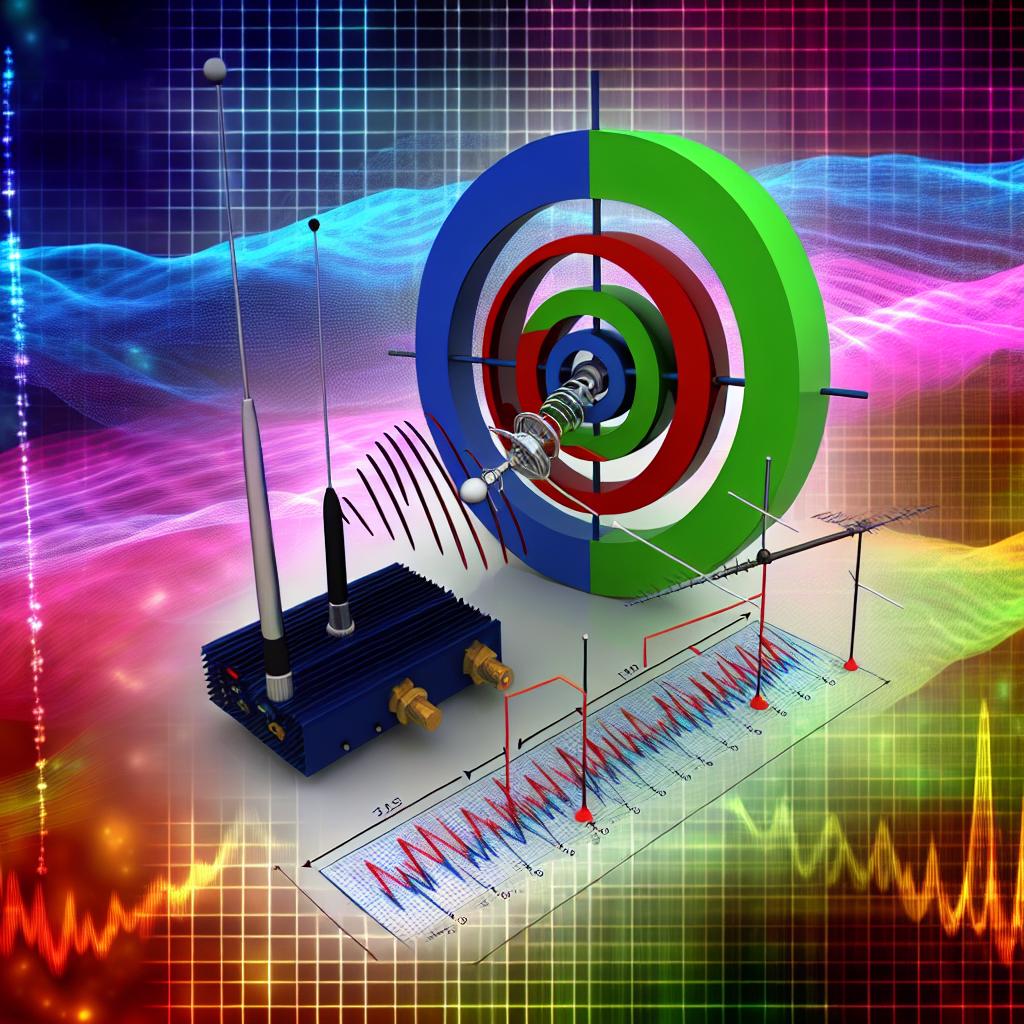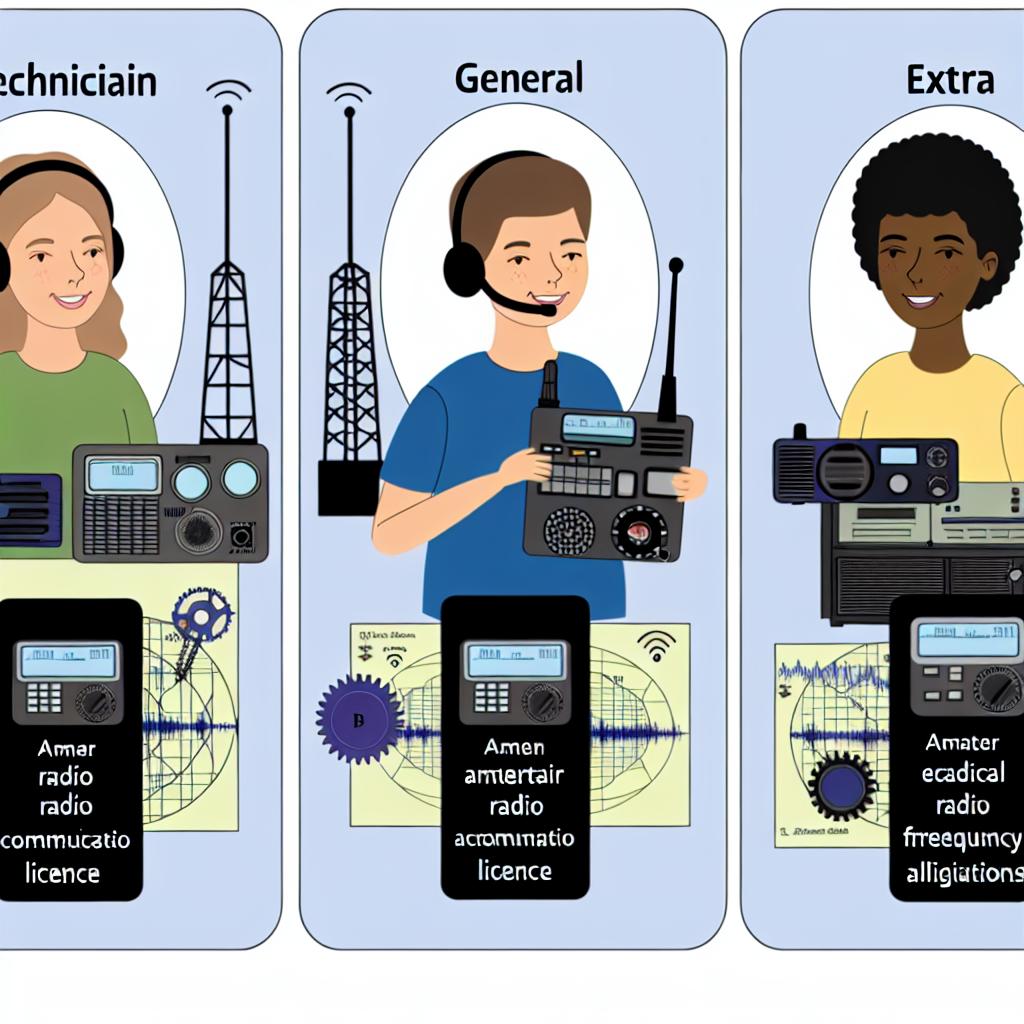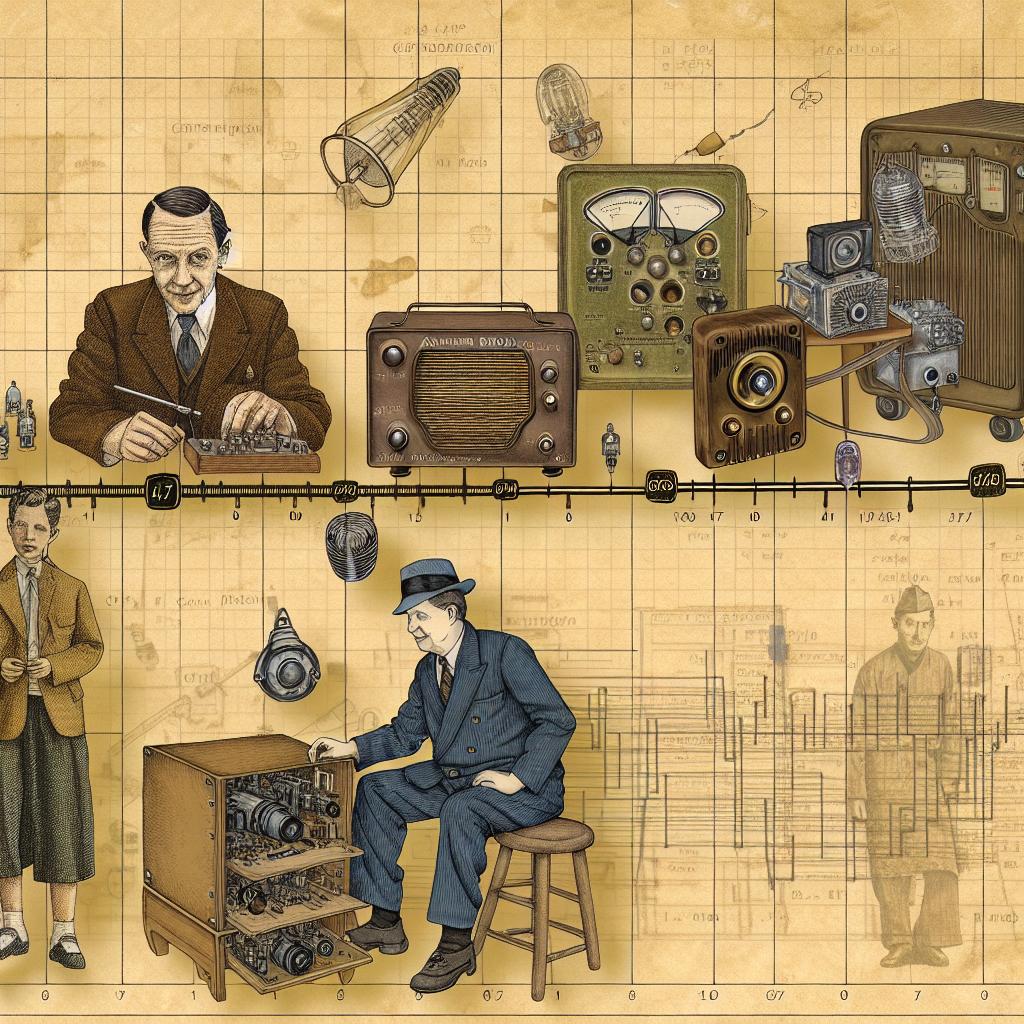Understanding Radio Waves
Radio waves occupy a unique and significant place in the electromagnetic spectrum, working at wavelengths notably longer than those of infrared light. Ranging in frequency from 30 hertz (Hz) to 300 gigahertz (GHz), these waves are integral to various means of communication, enveloping a broad scope that includes television, radio broadcasting, and mobile telephony. A defining feature of radio waves is their velocity; they travel at the speed of light, covering roughly 300,000 kilometers per second (186,282 miles per second).
Generation of Radio Waves
The genesis of radio waves lies in the function of transmitting antennas powered by alternating current (AC). This alternating current is pivotal, as the changes in direction create oscillating electric and magnetic fields, which propagate outwards as radio waves. The frequency of these waves is a key characteristic, representing the rate of these oscillations and their corresponding location in the radio spectrum.
The importance of frequency cannot be overstated in the world of radio communications. Different frequencies are utilized for varying applications, ranging from low-frequency communications, which can penetrate water and earth, to high-frequency signals necessary for satellite communications.
Modulation of Radio Waves
In carrying informational content, raw radio waves must undergo a process known as modulation. Modulation serves to imprint the wave with data by altering its features such as amplitude, frequency, or phase. The two predominant modulation methods are:
1. Amplitude Modulation (AM): This technique manipulates the wave’s amplitude—the extent of variation in the wave’s strength—to convey information. AM is predominantly used in radio broadcasting, known for its simplicity and reach.
2. Frequency Modulation (FM): Contrarily, FM changes the frequency of the wave itself to transmit data. This method is common in FM radio broadcasting, valued for its resilience to interference and superior audio quality.
Modulation thus becomes the bedrock upon which the dissemination of information via radio waves is built, enabling a simple wave to carry complex data.
The Propagation of Radio Waves
A crucial aspect of radio wave function is propagation—the manner in which waves travel from the transmitter to the receiver. Propagation is susceptible to a range of influences, including frequency, the surrounding environment, and geographical obstacles. Key propagation phenomena include:
Line of Sight: At the higher frequencies like those in the microwave range, radio waves tend to adhere to a direct path between transmitter and receiver, termed as line-of-sight propagation. However, this straightforward route can be impeded by physical entities such as skyscrapers and mountains, necessitating the placement of repeaters or the use of alternative frequencies to circumvent obstacles.
Reflection, Refraction, and Diffraction: Radio waves display remarkable versatility in their ability to navigate through and around barriers. Reflection involves the bouncing of waves off surfaces, be it natural or man-made. Refraction alters wave direction as they move through different media with varying densities. Diffraction, on the other hand, describes the bending of waves around obstacles, a phenomenon that is especially useful in allowing signals to reach locations not directly in line of sight of the transmitter.
The Role of the Ionosphere
A lesser-known but crucial component in radio wave dynamics is the ionosphere, an atmospheric layer teeming with ions and electrons. This layer heralds significant implications for wave propagation, chiefly through skywave propagation. This process occurs when the ionosphere reflects the radio waves back to Earth, extending their range dramatically. Such reflections are especially beneficial for AM radio and shortwave communications, allowing signals to reach recipients located vast distances away from the original transmitter.
Understanding how radio waves propagate is essential for engineers and technologists who design communication systems that need to account for these various behaviors and influences. The ionosphere, in particular, plays an unpredictable role due to its variability with time of day and solar activity, making the science of radio wave propagation as much an art as it is chemistry and physics.
For those with a vested interest in delving deeper into the scientific and technical intricacies of radio waves, numerous resources abound that cover electromagnetic theory, wave dynamics, and the practical applications of these foundational principles in modern communication technologies. Grasping these essentials facilitates a more comprehensive appreciation of how communication systems are constructed and maintained, as well as how they continue to evolve with technological advancement.
Ultimately, radio waves serve as the unseen threads that weave together our modern fabric of connectivity, a complex tapestry underpinned by electromagnetic principles that continue to dazzle and challenge scientists and engineers alike. As we advance into further technological frontiers, the understanding of radio wave behavior proves to be an invaluable asset in creating innovative and efficient communication solutions.




